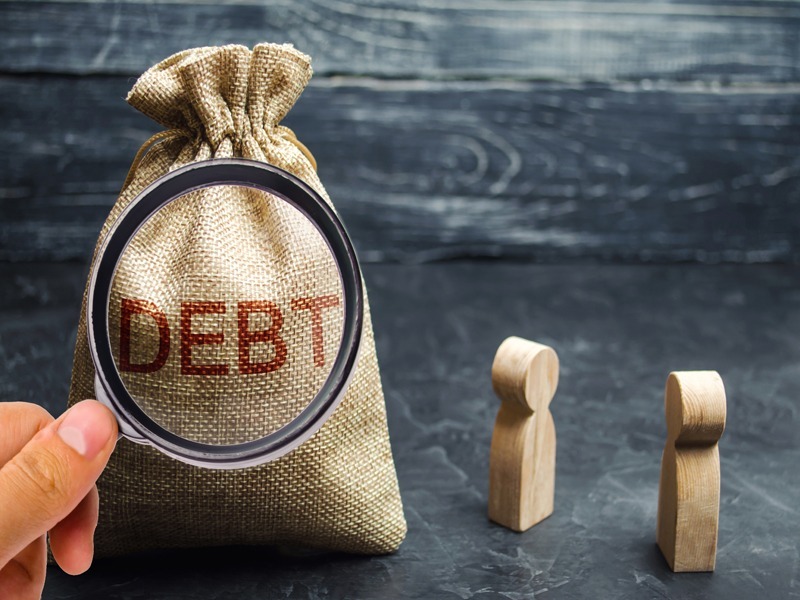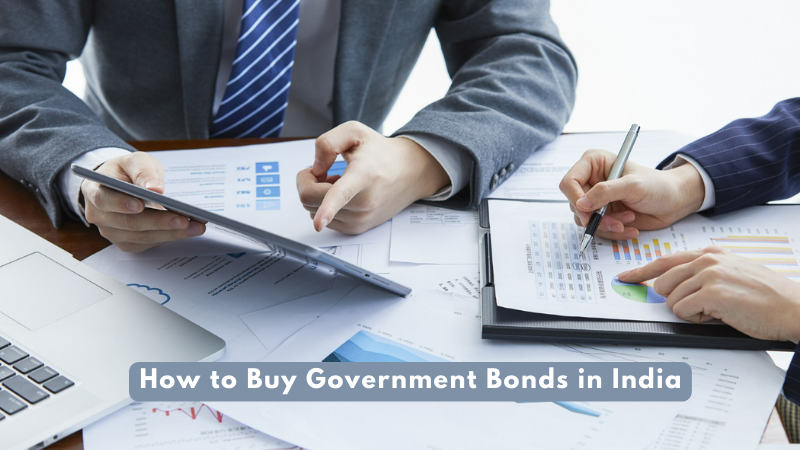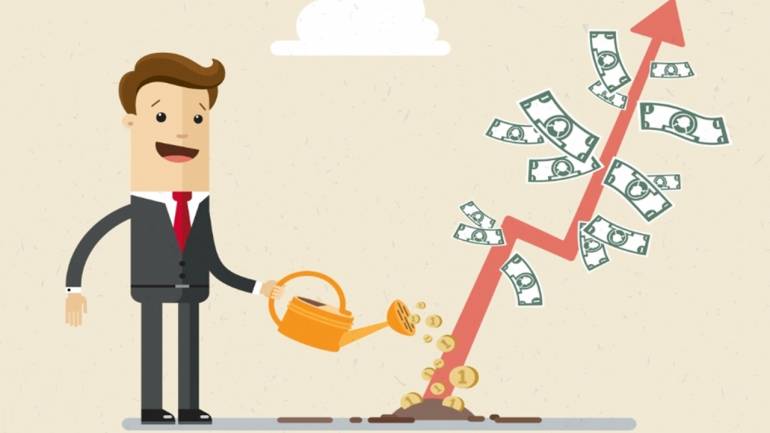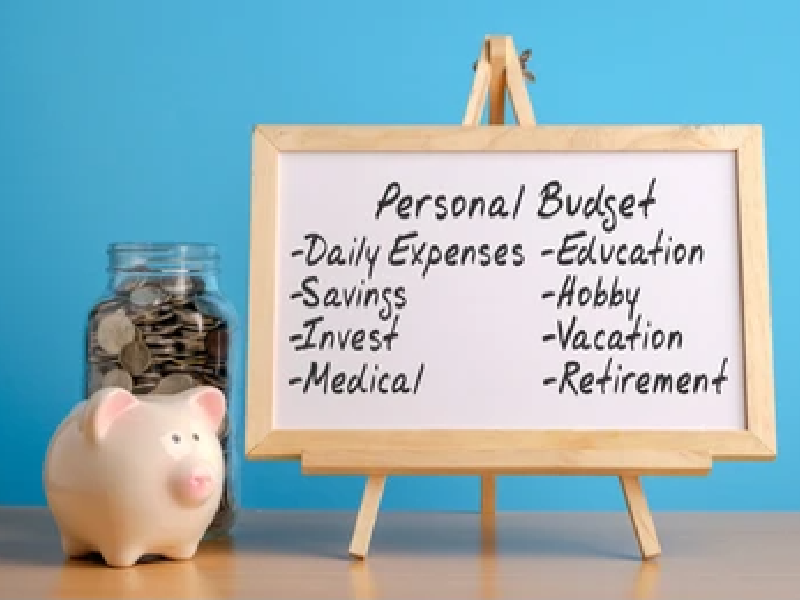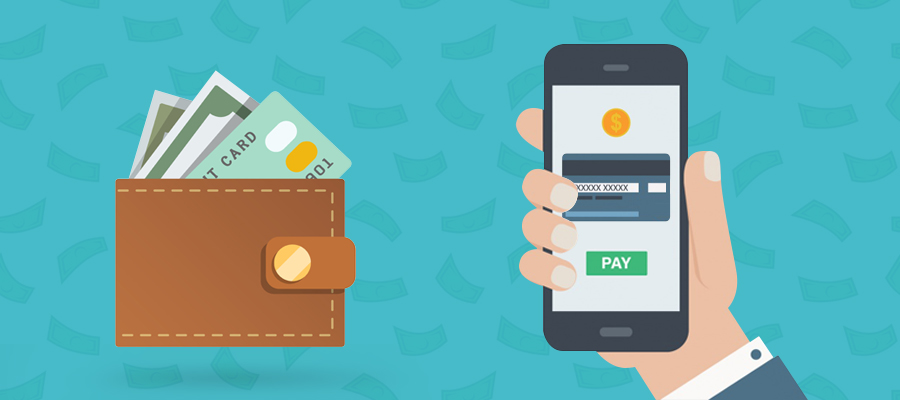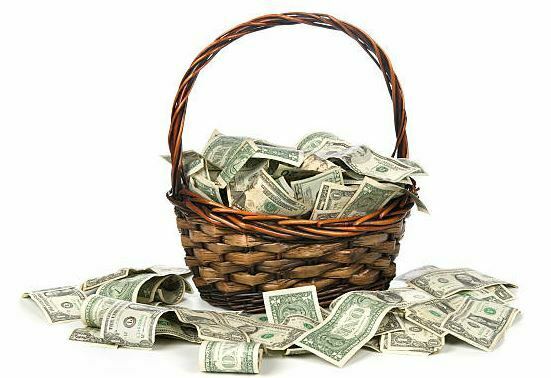
There are many financial products in the markets that can help you achieve your financial goals. Each product will have a specific role and serve a specific purpose. You need to evaluate a financial product before you include them in your portfolio.
Why do you need to evaluate the investment Options?
Here are the major reasons why the evaluation of investment options is vital for your financial portfolio:
- It allows you to understand and choose “Right investment product” that suits your financial need.
- You will be able to differentiate between short term, mid and long-term options.
- Evaluating would help you to predict and measure the “financial performance”- returns and risk.
Key Elements or Parameters to Evaluate Financial Instruments
Financial products are evaluated based on certain parameters:
-
Cost:
When you buy a financial product, there are 3 kinds of costs which will be incurred by you. Entry cost, Ongoing cost, and Exit cost. Different financial products have different entry cost, they are called “front loads”.
- Understand there are different kinds of financial products like Endowment plans and money-back plans where the “Entry cost” will be as high as 40-42%. In mutual funds, there is no cost of entry.
- Second is the “Ongoing cost”. This is the money that you pay to stay in the product- “Expense Ratio”. Expense ratio depends on the amount of money you invest in that product. Ongoing costs for a longer period will also cost you a lot.
- The third is the “Exit cost”. The fund manager takes care of the cost of exit. Debt funds have zero exit cost and equity funds have an exit cost of 1% if you leave even before one year.
-
Returns:
The purpose of your investments is to earn the returns. The returns and risk are market-linked. To get higher returns, you need to take more risks. Before you make an investment, see how the product performed in the past. Look for an average annual return of a product for the last three, five and ten years. Always see “benchmark returns” with the category returns.
-
Lock-in period:
Lock-in period means you can’t withdraw your money for a certain period of time. The lock-in period of PPF(Public Provident Fund) is 15 years where you are not allowed to withdraw for 15 years. Mutual funds are of 2 types- open-end and closed-end funds, open-end funds don’t have any lock-in periods whereas closed-end funds come with 3-5 years lock-in. Traditional products don’t have a lock-in period, which means you can stop funding the policy whenever you want, but the tenure could be 10, 15 or 35 years. NPS (National Pension Scheme) has an age-linked lock-in where you can’t redeem before you hit age sixty.
-
Exit option:
Your exit from any instrument can happen in 2 ways. One- before and after completion of the lock-in period. Before completion of lock-in periods means that if you stop funding your instruments in the midway or you redeem your money before maturity then you will lose your entire money.
Closed-end mutual funds have no exit options, you have to wait for the completion of the time period. You can get only NAV if you sell the units. Open-end mutual funds are generally for short term with no exit loads.
Remember, the biggest cost that hits you is buying traditional plans such as money-back plans, endowment plans, child plans wherein if you stop them in mid-way, you tend to lose all the money which you have invested. If you want to redeem, you can do it in the 1st three years because at least you get back some money. You lose a lot, depending on when you exit.
-
Taxes:
Returns = cost + inflation + taxes. Before you invest look into all these factors because these factors lead you to have negative returns. Some financial products come with the tax-breaks – if you invest in them and you can claim an exemption under section 80C of the Income Tax Act. Before you invest look for instruments to know whether the returns earned are taxable or not. Even the returns you earn on FDs are taxable.
In short term capital investments, if you quit in midway- you pay tax on profits for what you have earned till that day. And you have to pay 10-12% of tax on long term capital gains. Certain policies as investments enjoy tax-free status.
Remember to evaluate each investment option, not just taking the perspective of returns. Also, there are some online tools that help you to analyze your risk-taking capabilities available to you on the app which helps to put investments in par with your financial portfolio known as the ‘Financial Health Checker’ tool.

The above picture helps you to know how Fisdom helps to analyze your risk appetite with the help of “Risk Analyzer” and check your financial health with the help of “Financial Health Check’. Hence, Remember to look for the financial product that matches your financial need.
Don’t Delay! Start investing today with Fisdom .

















